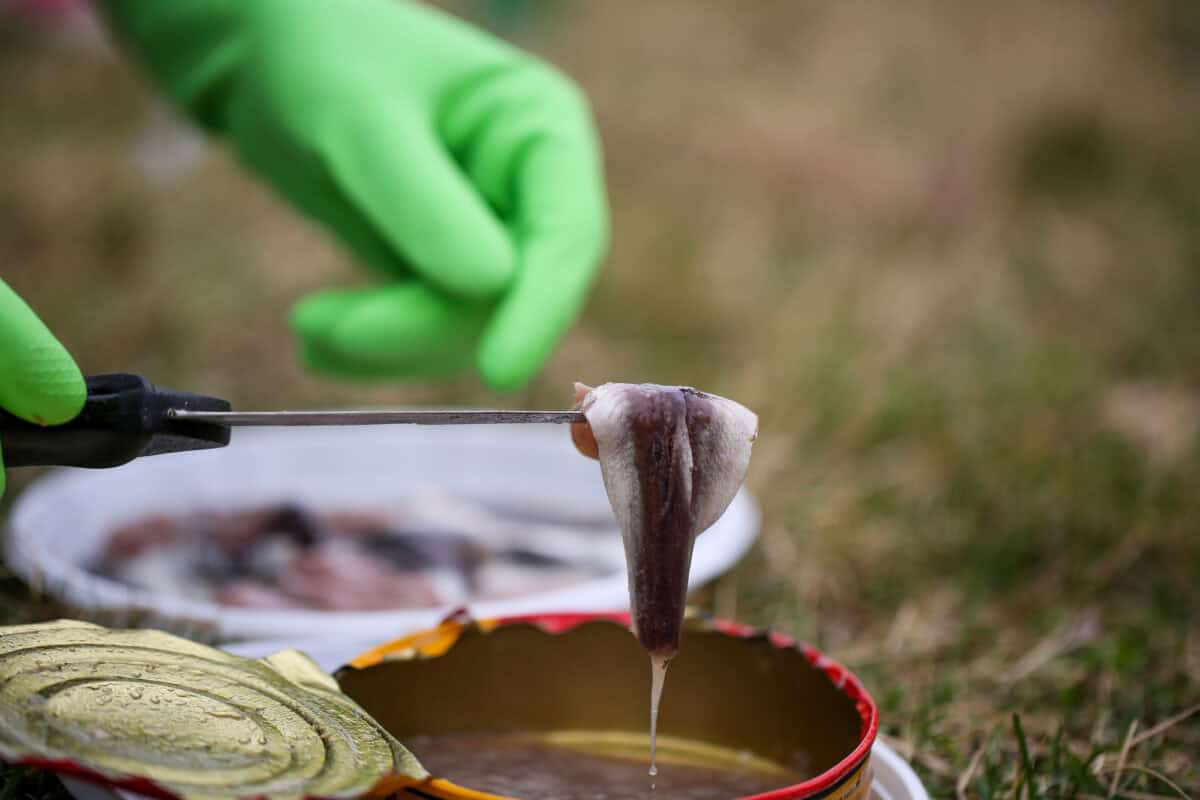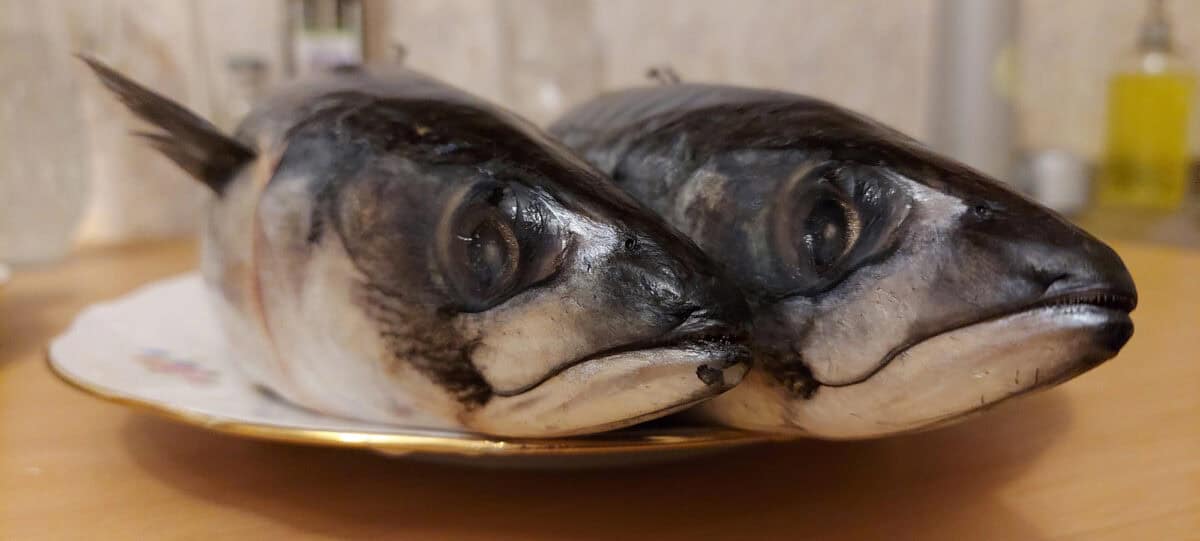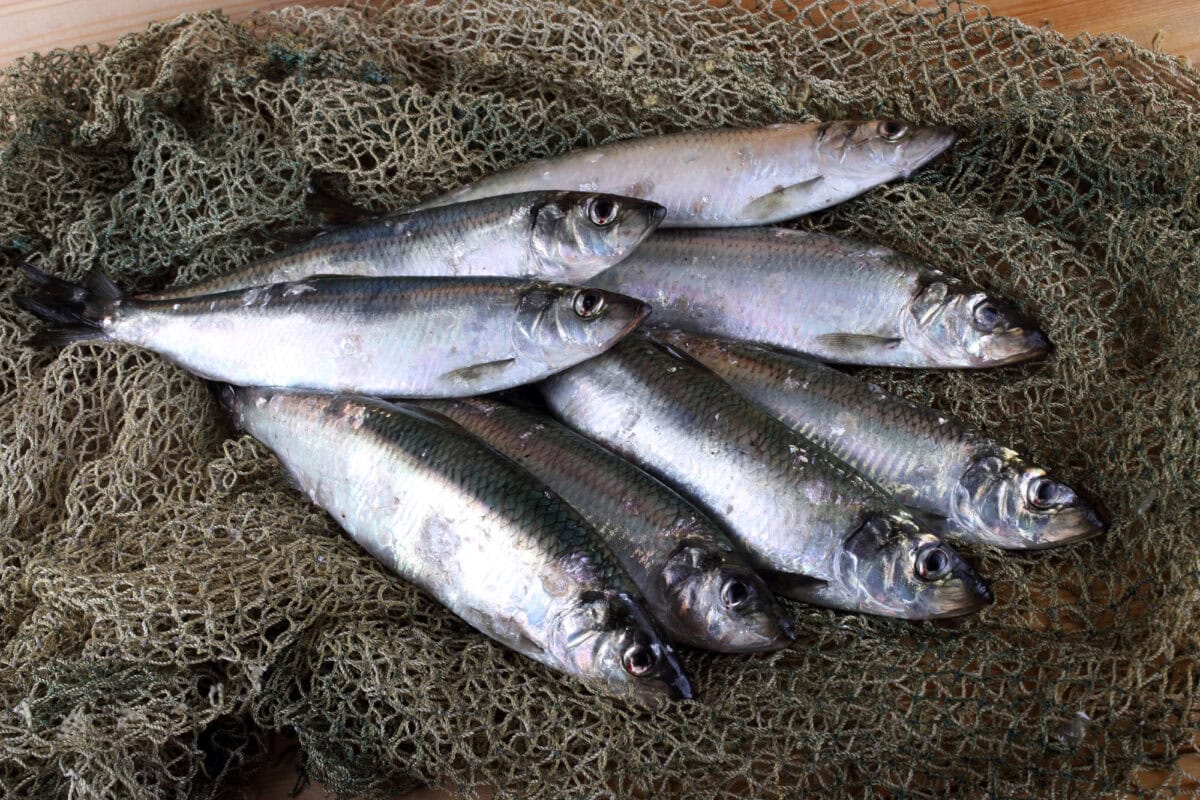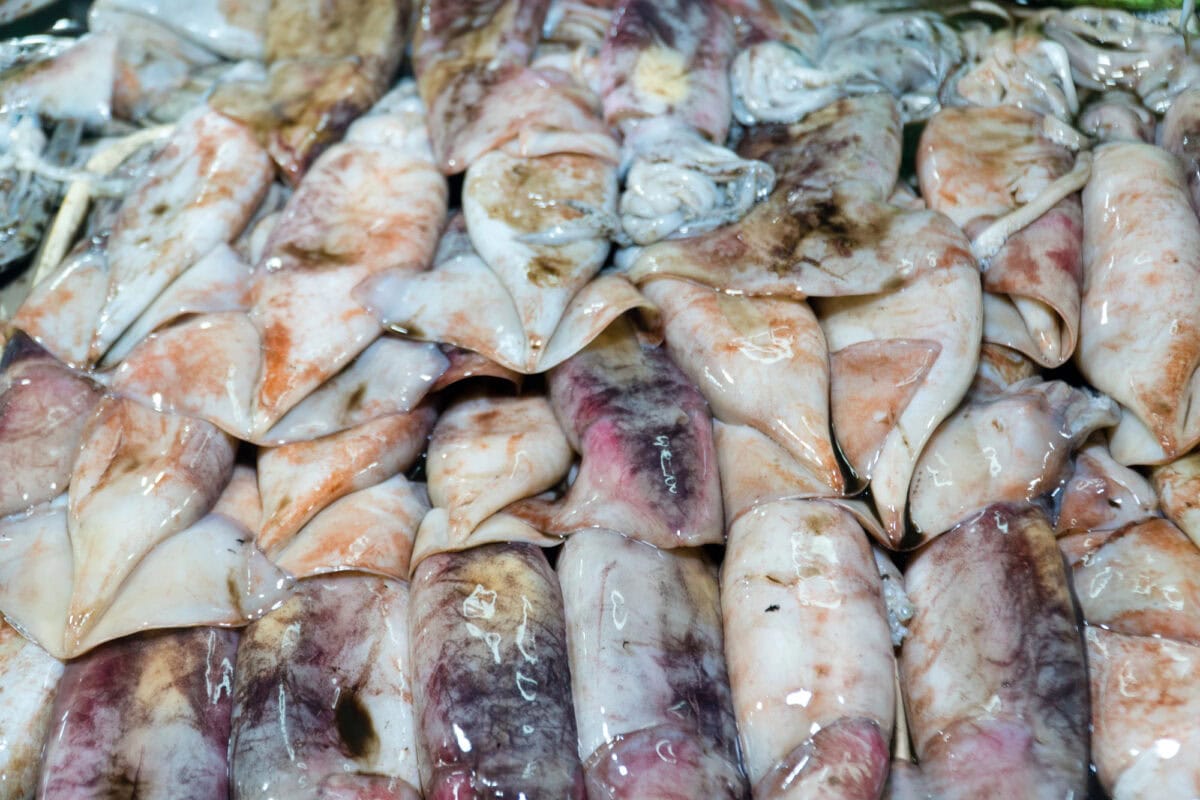Among the various culinary curiosities around the world, surströmming stands out as a unique and polarizing food item. Originating from Sweden, surströmming is a type of fermented herring infamous for its particularly strong odor. This traditional delicacy has been consumed for centuries, yet it continues to pique the interest of global food enthusiasts and scientists alike. But what gives surströmming its notorious smell, and why do people continue to eat it despite its pungent aroma?
The Historical Roots of Surströmming

Surströmming, which directly translates to “sour herring” in Swedish, traces its origins back to the 16th century. It is believed that this method of preserving fish became popular due to the scarcity of salt. By fermenting herring in a minimal-salt brine, Swedish fishermen could ensure their catch lasted longer without the need for large quantities of salt, which were expensive at the time. This method not only preserved the fish but also developed the unique and intense smell that has defined surströmming ever since.
The Science Behind the Smell

The most distinct characteristic of surströmming is undoubtedly its potent odor. This smell is a direct result of the fermentation process. When the herring is salted and left to ferment in barrels for several months, a variety of bacteria break down proteins and fats within the fish. This bacterial activity produces a group of compounds known as volatile organic compounds (VOCs), which are responsible for the strong smell.
Among these VOCs are hydrogen sulfide, methanethiol, and dimethylamine. Hydrogen sulfide is often compared to the odor of rotten eggs, while methanethiol and dimethylamine contribute notes reminiscent of decaying organic matter. Together, these compounds create a sensory experience that challenges even the most adventurous eaters.
The Fermentation Process A Deeper Dive

Fermentation is a time-honored method of food preservation, but in the case of surströmming, it operates under a unique set of conditions. After the initial salting, the herring is placed in airtight cans to continue fermenting. These cans are commonly known for bulging due to the production of gases as fermentation progresses.
The fish ferments anaerobically (without oxygen), which is conducive to the growth of lactic acid bacteria. These bacteria produce lactic acid alongside various smelly byproducts. An interesting aspect of surströmming’s fermentation is that the process does not cease after canning; it continues slowly over time, adding to its notorious reputation.
Cultural Significance and Culinary Use

Despite its strong odor, surströmming holds a special place in Swedish culture. Often eaten during specific occasions such as the Surströmmingspremiär (Surströmming premiere), which takes place in late August, the dish is traditionally served with flatbread, potatoes, and onions. When consumed in its customary manner, the flavors are balanced and more palatable, showcasing why this odorous dish remains a cherished tradition.
Many Swedes regard surströmming as a delicious delicacy, celebrating its unique taste and the camaraderie of sharing it in good company. However, for those unused to such strong smells, it is often an acquired taste that can take some getting used to.
Challenges and Controversies

The unique odor of surströmming has led to interesting debates and even legal challenges. Airlines have banned it due to the risk of pressurized cans bursting mid-flight, and many apartment rules in Sweden forbid its consumption due to its intrusive smell. Nonetheless, these controversies only add to the allure of surströmming as a culinary challenge for the daring.
Conclusion: A Smelly Enigma

Surströmming remains a fascinating example of how food, culture, and science intersect. Its smell may be off-putting to some, but it stands as a testament to historical preservation methods and cultural traditions that have endured through time. Whether viewed as a gastronomic delight or a malodorous ordeal, surströmming reflects the diverse and intriguing world of global cuisine.
So, while it may not suit everyone’s palate, for those willing to explore the boundaries of taste and smell, surströmming offers a distinctive experience that is both a taste of Sweden’s rich culinary heritage and a scientific curiosity. Would you be brave enough to try it?
- 10 Animals That Use Bizarre Survival Tactics - August 9, 2025
- The Most Beautiful Bird Migration Routes Across the US - August 9, 2025
- 14 Dog Breeds That Love to Cuddle - August 9, 2025

